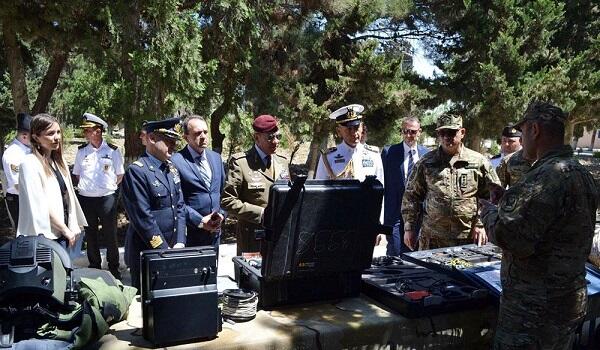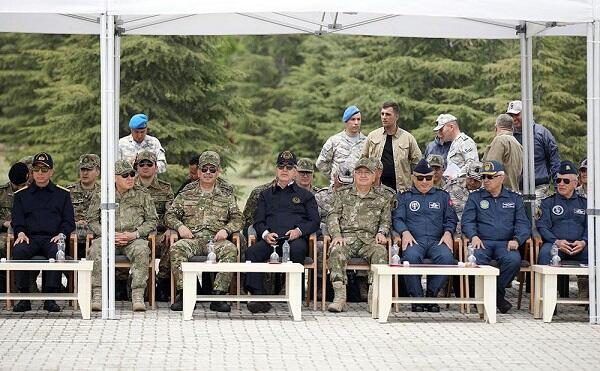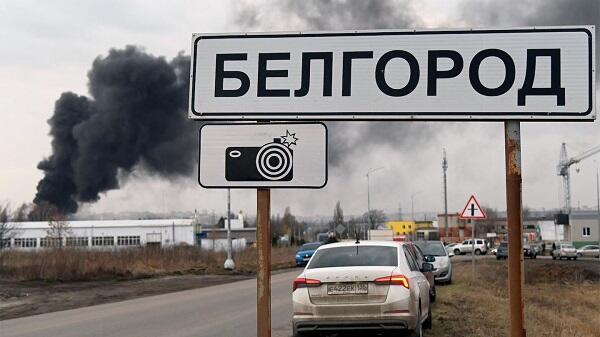A huge number of valuable archaeological discoveries made in different historical periods allowed us to unfold some of the mysteries and secrets of the past we have always been curious about.
Axar.az presents the most amazing archaeological finds that have drastically changed human history.
1.Terracotta Army
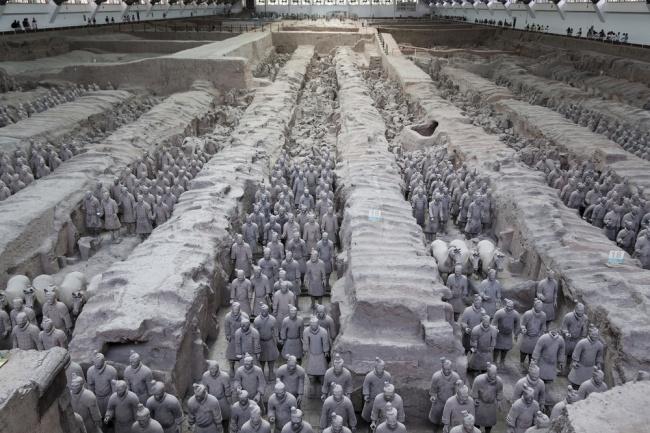
A local farmer from Shaanxi province was digging a well when he discovered this vast army in 1947. Thousands of terracotta warriors stand right in front of the tomb of the great Emperor Qin Shi Huang in order to guard him in his afterlife. For researchers, this large construction has become an indicator of the unprecedented humanism and progressive views of the Emperor, as his predecessors were usually ordered to bury everything they needed for the afterlife with them, including a living army. Despite the fact that the guarding army was discovered almost 60 years ago, the tomb of the Emperor itself hasn’t been found yet.
2.Behistun Inscription
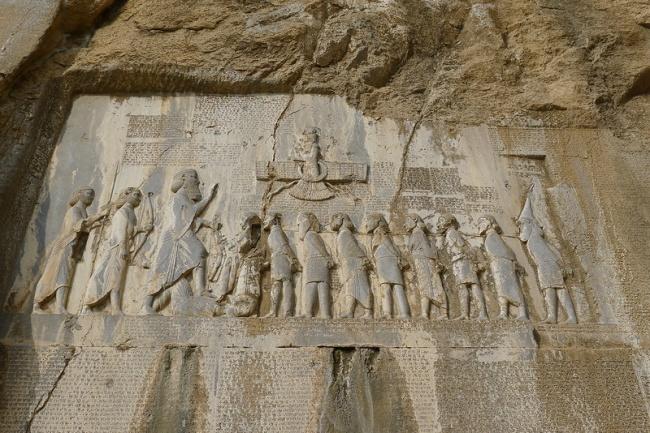
The inscription was discovered by an English traveler and adventurer, Robert Sherley, during his diplomatic mission in Persia in 1598. It’s a multilingual text carved by the order of King Darius the Great. The inscription on the cliff tells us about the historical events that took place in 523-521 BC. It allowed archaeologists to study ancient and well-known civilizations, such as Mesopotamia, Sumer, Akkad, Persia, and Assyria.
3.Troy
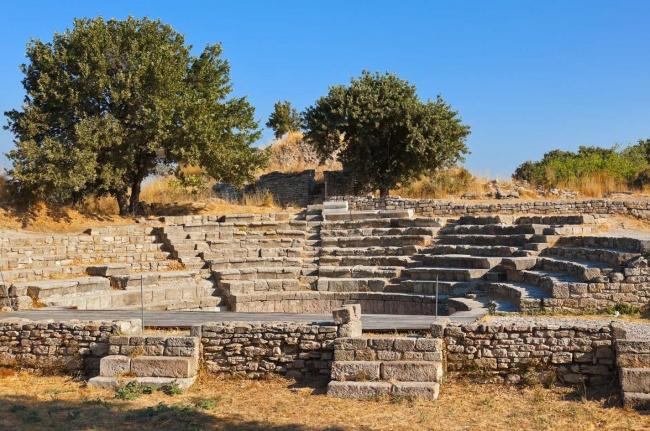
The ancient city of Ilion, mentioned in the poems of Homer and Virgil, was discovered in the 1870s by the German self-taught archaeologist Heinrich Schliemann. After the excavations, the history of the ancient city was divided into several periods — from Troy I to Troy IX. Troy VI is believed to be "Homeric" Troy (1900–1300 BC).
4.Pompeii
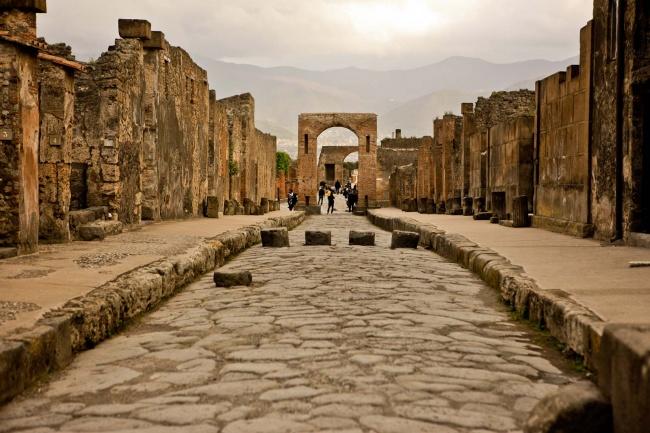
Being a Roman colony, this city was a thriving port and resort destination with numerous villas, temples, theatres, and baths. The city had an amphitheatre, forum, and basilica. Its population was about 20,000 people at the moment of the eruption of nearby Mount Vesuvius on August 24, 79 AD, which fully covered the city in cinders and ash. Pompeii was discovered in 1599 by Domenico Fontana, but the excavations started only in 1748. The excavations gave the archaeologists an important and unique insight into Roman life. It’s noteworthy that the finds in Pompeii to a large extent contributed to the creation of the Empire style in art.
5.Machu Picchu
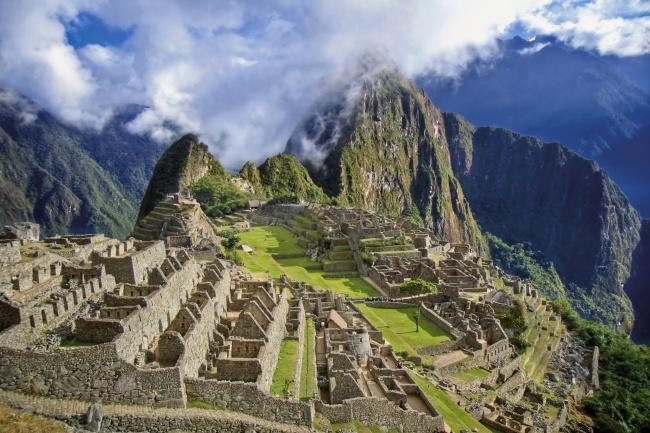
This famous Inca citadel and historic sanctuary of Peru was founded in about 1440 and existed till 1532. It was discovered by the American historian of Yale University, Hiram Bingham. The picturesque ruins of Machu Picchu are the best example of stone construction of the Inca civilization. There are approximately 200 buildings located in an area 1,197 ft long by 984 ft wide (365 meters long by 300 meters wide).









